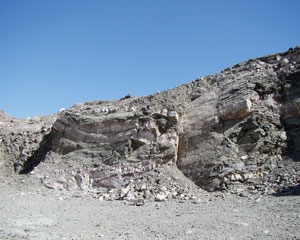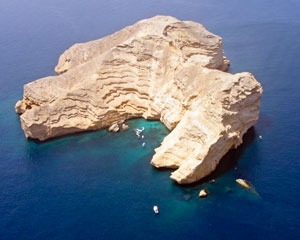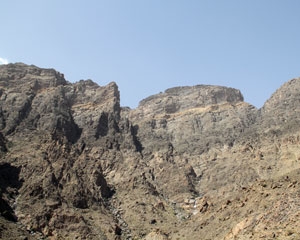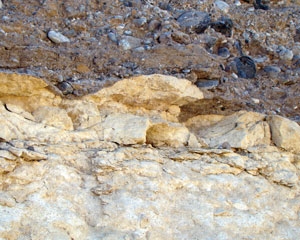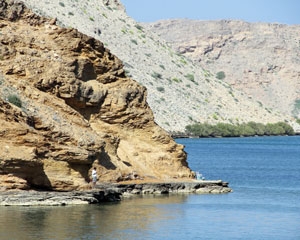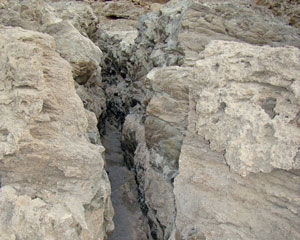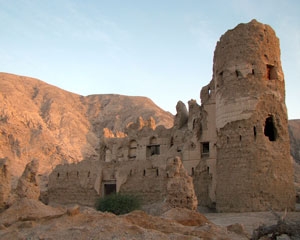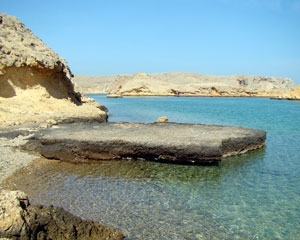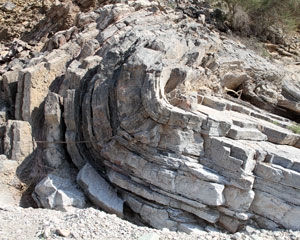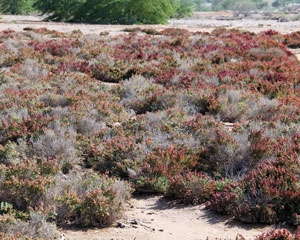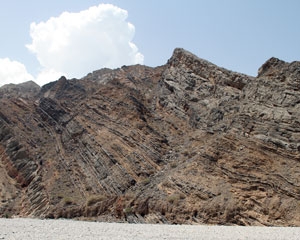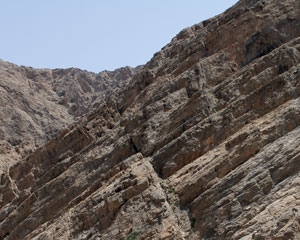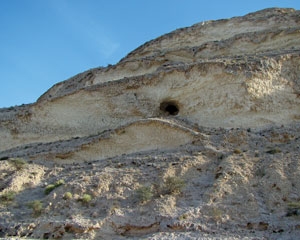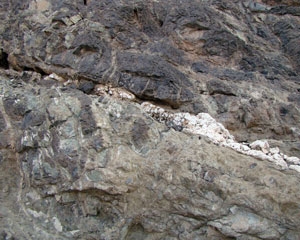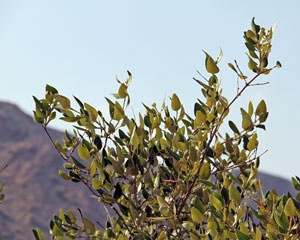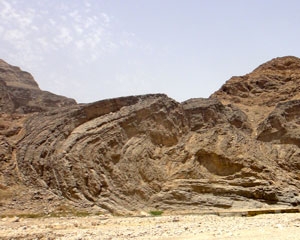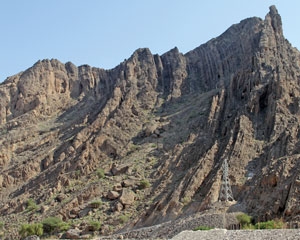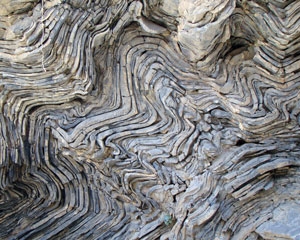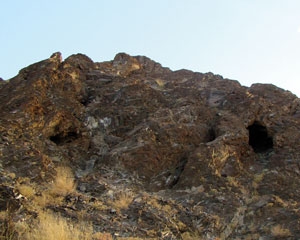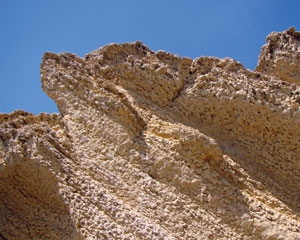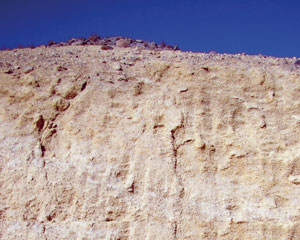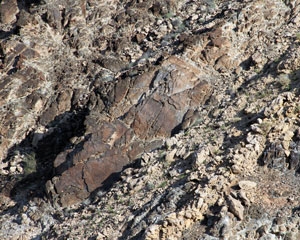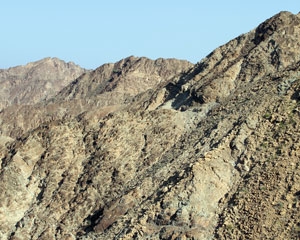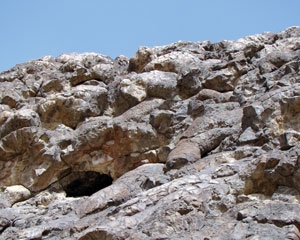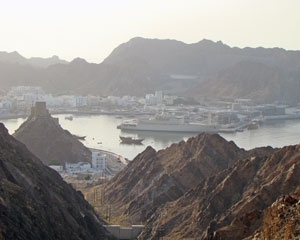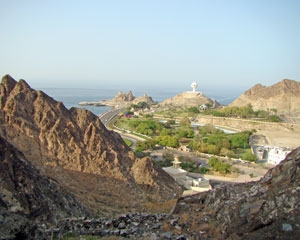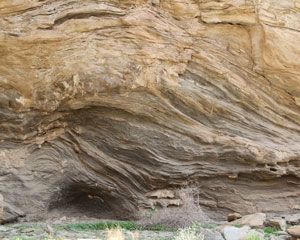-
Home
- Oman
- Oman Travel Guide
- Muscat Geosites
- Intertidal ecosystem in Oman
Intertidal ecosystem in Oman

The intertidal zone is the area of coast where the land is exposed between low tide and high tide. In the Gulf of Oman the tidal range (the difference in height between low and high tide) is only up to 2.5 m. The generally soft wave action here allows for specially adapted plant species to take root in this harsh hot and salty environment. Plants growing here such as saltbush are halophytes: plants that can either tolerate or need salt in their water supply.
Animals such as crabs that live in the intertidal zone not only have to look out for sea predators when the tide is in, but also for land predators such as foxes when the tide is out, as well as predators from above such as hungry gulls.
Menu
Sultanate of Oman Culture
Oman Nature Reserves
Wadis in Oman
Caves of Oman
Deserts of Oman
Beaches in Oman
Oman Islands
Hot Water Springs in Oman
Beach Lagoons of Oman
Canyons in Oman
Muscat Geosites
- Al Awabi quartzite in Oman
- Al Fahal Island in Oman
- Al Jabal Al Aswad Oman
- Al Khoud Unconformity in Oman
- Al Khayran in OMAN
- Ayn Al Hammam Hot Spring in Oman
- Bawsher marble in Oman
- Coastal Erosion in Oman
- Concentric fold in Oman
- Intertidal ecosystem in Oman
- Jurassic bedding in Oman
- Limestone Fault in Oman
- Limestone landscape in Oman
- Magnesite veins in Oman
- Mangrove forest in Oman
- Mega fold in Oman
- Mega syncline in Oman
- Mini folds in Oman
- Mutrah Geotrail East in Oman
- Nodular Limestone in Oman
- Nummulites in Oman
- Ophiolite contact in Oman
- Ophiolite obduction in Oman
- Pillow lava in Oman
- Port View in Oman
- Ripple marks in Oman
- Riyam view in Oman
- Schist bedding in Oman
Traditional Villages in Oman
Souqs in Oman
Museums of Oman
Forts in Oman
Castles in Oman
Cities in Oman
Suggested Tours

